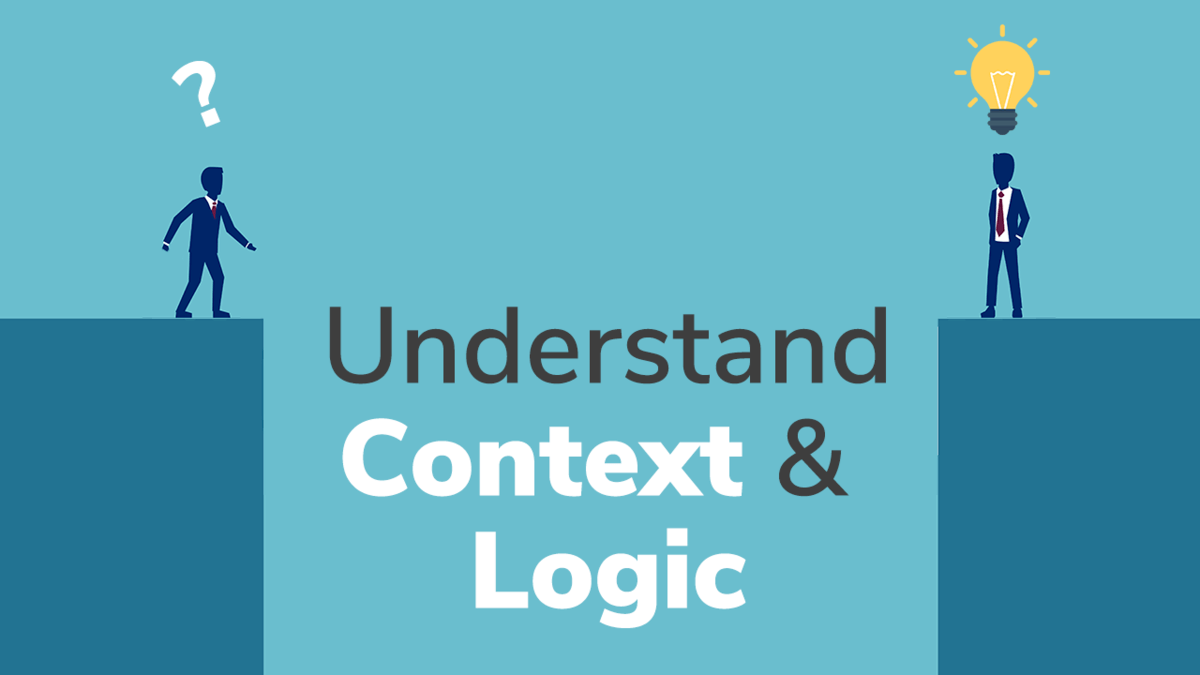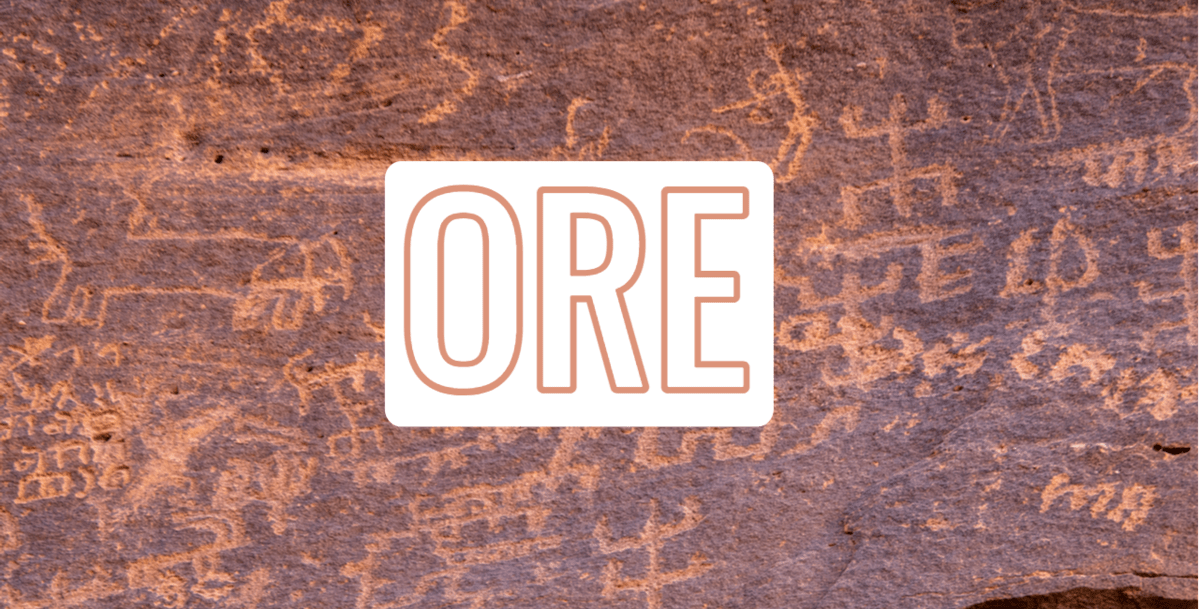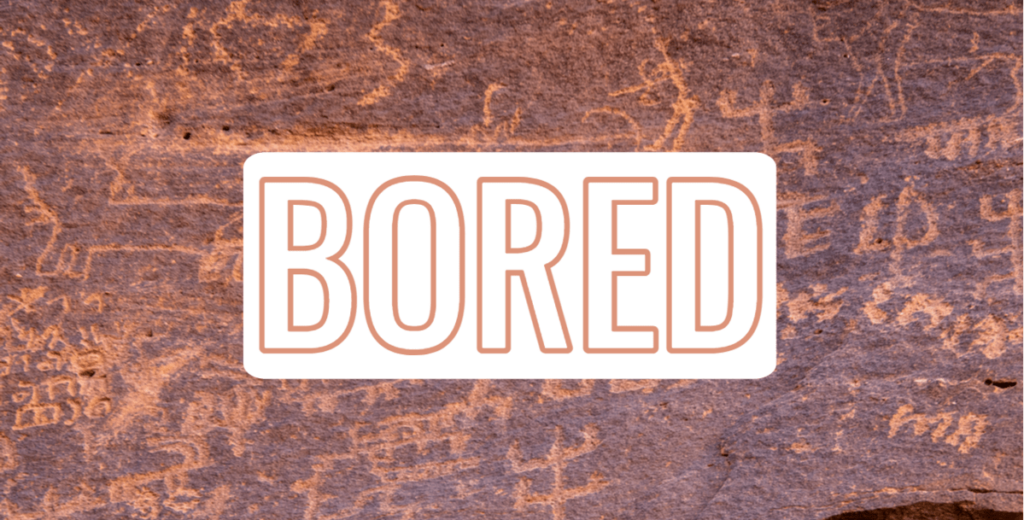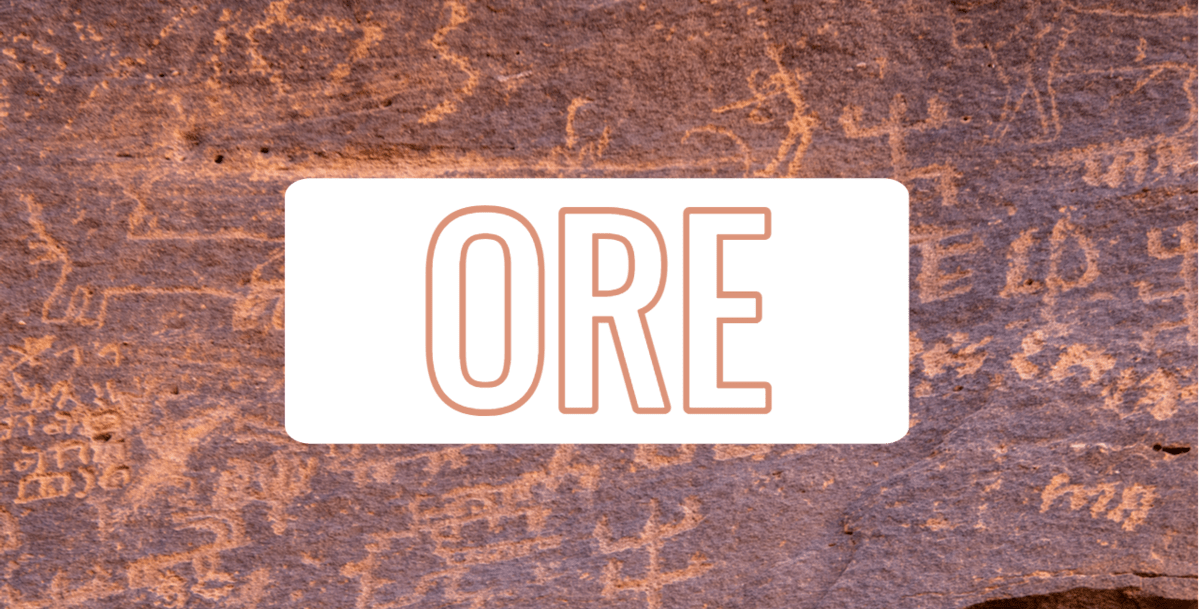In this article, we’ll look at the solution to this Official Guide (OG) question CR31410.01 – “Most of Western music since the Renaissance…” on Critical Reasoning:
CR31410.01 – Most of Western music since the Renaissance has been based on a seven-note scale known as the diatonic scale, but when did the scale originate? A fragment of a bone flute excavated at a Neanderthal campsite has four holes, which are spaced in exactly the right way for playing the third through sixth notes of a diatonic scale. The entire flute must surely have had more holes, and the flute was made from a bone that was long enough for these additional holes to have allowed a complete diatonic scale to be played. Therefore, the Neanderthals who made the flute probably used a diatonic musical scale.
In the argument given, the two portions in boldface play which of the following roles?
[Refer to GMAT Official Guide for options]
Here is some general information about this OG question:
- PQID: CR31410.01
- Difficulty Level: Hard
- Most Common Incorrect option choice: Choice D
- Question Type: Boldface
OG Video Solution – CR31410.01 – Most of Western music since the Renaissance… | “Diatonic Scale”
OG Solution – CR31410.01 – Most of Western music since the Renaissance… | “Diatonic Scale”
Hey folks, in this article, we are going to solve a super-interesting, seemingly difficult, 700 Level OG question from the Critical Reasoning (CR) side. Several students have fallen prey to this question (Indeed, the accuracy is barely 48%!). It is also a question that is rich in learnings.
To solve this question correctly, we must pay close attention to the content of the argument and think through it logically, in addition to identifying the roles played by the statements (facts vs. claims) and identifying the relationships between the statements (relationships between BF1, BF2, and the Main Conclusion). Let me explain!
Identifying the roles
BF1: The entire flute must surely have had more holes,
BF1 is an opinion, not a fact. More specifically, this is an opinion/claim made by the author.
BF2: the Neanderthals who made the flute probably used a diatonic musical scale.
BF2 is not just a claim made by the author; it is the main conclusion of the argument.
Identifying the relationships
BF1 and the rest of the sentence which contains BF1 are points used to support the main conclusion of the argument (BF2).
So, BF1 is an opinion that supports the main conclusion of the argument (BF2). BF2 is the main conclusion of the argument.
If you did this level of analysis, congrats! You should have been able to reject options A, C, and E for the following reasons.
- Option A: BF2 does not get undermined by BF1. On the contrary, BF2 is supported by BF1. Hence, the description of BF2 is incorrect.
- Option C: There is no position in the argument that is getting undermined. So, the description of BF1 is incorrect.
- Option E: BF2 is not a subsidiary conclusion drawn to support the main conclusion; it is the main conclusion. Hence, the description of BF2 is incorrect.
But sadly, this is where it ends. You would still be stuck between options B and D. So, what now?

Let me help. Here are a few key aspects about BF1 that will not just help you choose between options B and D but also give you additional reasons to safely reject options A, C, and E.
BF1 – Can it be considered evidence?
No. BF1 is an opinion. An opinion can be used as reasoning or a premise to support a conclusion, but it cannot be called evidence. Evidence is, by definition, factual.
Evidence supports something: facts, data, observations, study results, etc.
Consideration/reasoning to support something: can be facts or opinions/claims.
Note: You can use this logic to eliminate options A and E, in addition to the earlier mentioned logic. BF1 cannot be considered as evidence. Hence, the description of BF1 is incorrect.
BF1 – Can it be considered a conclusion?
No. A conclusion in an argument needs to be a derived statement, i.e., it must be derived from some other statement given in the argument. In other words, there needs to be at least one statement in the argument that presents reasoning that is used to arrive at the conclusion statement. Many times, a claim/opinion may also be a conclusion, but this is not always the case.
Here, BF1 is simply an assertion made by the author, which is not derived based on any other statement in the argument. It is simply an opinion, not a conclusion.
But isn’t BF1 a derived conclusion from the sentence preceding it?
This is where understanding the content of the argument and the associated logic becomes extremely important.

Preceding Statement: A fragment of a bone flute excavated at a Neanderthal campsite has four holes, which are spaced in exactly the right way for playing the third through sixth notes of a diatonic scale.
BF1: The entire flute must surely have had more holes,
Think logically – Just the existence of a bone fragment with four holes cannot be considered as evidence of more holes, or even for the notion that the bone had more holes. So, we cannot say that BF1 is derived from the preceding statement. Let’s understand why.
What if there is another scale (not diatonic) that has exactly four notes (and therefore four holes in a flute), such that the spacing between the holes is exactly the same as the spacing between holes three to six of a diatonic scale flute?
Then, the bone fragment discovered cannot in any way be considered as evidence or even support for the statement that the entire flute must have had more holes.
So, unless we know for a fact that such spacing between the holes is not possible in the case of a flute that has exactly four holes (i.e., a flute made based on a scale with exactly four notes), this fragment cannot be considered as evidence/support for BF1.
In the absence of such information, we cannot assume that BF1 is a conclusion derived from the preceding statement.

Sidenote: if we were given that the kind of spacing observed in the bone fragment is exclusive to the diatonic scale, then this fragment would be the remnant of a full diatonic scale flute. Then, BF1, which states that the entire flute must have had more holes (three more, to be precise!), would be a derived conclusion. But we are not given any such information.
Hence, if we understand the logic dictated by the content, we can figure out that BF1 is simply an opinion and not a conclusion supported by the preceding sentence.
Let me also give you a fun example to understand this point.
Say you discovered a fragment of an ancient inscription. The inscription says –

The spacing between the letters is the same as what has been observed in other inscriptions that have been discovered, which look like this –

But what if there are also inscriptions that look like this –

Unless you are 100% sure that an inscription like the one above does not exist, can we say that the fragment you discovered is evidence for the notion that the fragment belongs to an inscription that says “Bored”? No.
This is the logic at play here.
Alright! But could it be that BF1 is a conclusion derived from the subsequent section of the sentence?
No. Let’s understand why. Look at this section of the argument.
The entire flute must surely have had more holes, and the flute was made from a bone that was long enough for these additional holes to have allowed a complete diatonic scale to be played. Therefore, the Neanderthals who made the flute probably used a diatonic musical scale.
The argument is worded very craftily. If you did not pay attention to “and,” you may have assumed that the author is concluding that the entire flute must have had more holes based on the fact that the flute was made from a bone long enough for additional holes.
But “and” changes everything. The author is not indicating that BF1 is a derived statement based on the fact about the bone (used to make the flute) being long enough. The author indicates BF1, which is an opinion/claim, and the fact about the bone being long enough are together used to arrive at the main conclusion (the next sentence, starting with “therefore!”).
Sidenote: Observe what happens if we replace the word “and” with “since.” Now, BF1 is a derived statement made on the basis of the fact about the bone (used to make the flute) being long enough. In this situation, BF1 would be considered a conclusion, based on factual evidence presented elsewhere in the argument.
What will be the impact of this switch? Option D will become the correct answer, and option B will become an incorrect answer.
It is nuances such as these that make this a brilliant question.
But then, isn’t the word “surely” in BF1 a conclusion indicator?
This is a very important learning point. A conclusion indicator may be indicative of a conclusion, but not necessarily all the time.
In this case, the logic dictates that BF1 is not a conclusion. In this case, the word “surely” is simply the author emphasizing his/her opinion more strongly, and not a conclusion marker. So, focus on the logic rather than just blindly looking for conclusion indicators!
Conclusion indicators are useful in terms of giving hints, but we should not depend entirely on them to decide if a statement is a conclusion.
Note: From the above analysis, what we can be sure of is that:
- BF1 is not a conclusion of any sort.
- BF1 is not made based on any statement given in the passage. It is not supported anywhere in the passage. It is an unsupported opinion.
With this, you can now eliminate option D as well. You can also see why option B is the only correct answer for this question.
There, we solved it!
What can we learn from this GMAT CR OG question?
Now that we have dissected this question and understood its nuances, let’s summarize our learnings:

- Even for Boldface questions, understanding the logic of the argument matters. Just figuring out the general structure of the argument in terms of roles and relationships may not be enough, especially as questions get tougher.
- An opinion can be a reasoni to support a claim or a consideration to support a claim, but it cannot be evidence to support a claim/conclusion. Evidence, by definition, is factual.
- A conclusion is also a claim/opinion, but a claim/opinion is not necessarily a conclusion. A conclusion must be something derived in the argument.
- The argument logic is more important than any conclusion indicator to decide if a statement is a conclusion. We need to understand from a logic perspective if a statement is a conclusion. Conclusion indicators are merely indicators that may not always be accurate for this purpose.
- Pay attention to every word of the argument, do not rush, skim, or skip. If “and” is replaced by “since”, option D would be the correct answer here.
Additional OG Questions and Solutions
There are two other OG questions based on the same argument. If you enjoyed this question, you should try these too.
Happy Learning!
Harsha
Planning to take the GMAT? We can give you access to quality online content to prepare. We are the most reviewed GMAT prep company on the GMAT club with more than 2200+ reviews and have delivered 10x 700+ scores than the average GMATClub partner. Why don’t you take a free trial and judge it for yourself? Write to us at acethegmat@e-gmat.com in case of any queries.















